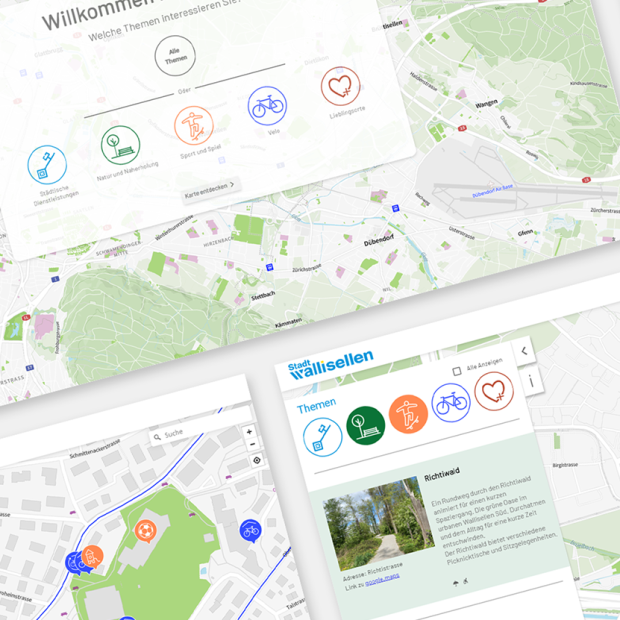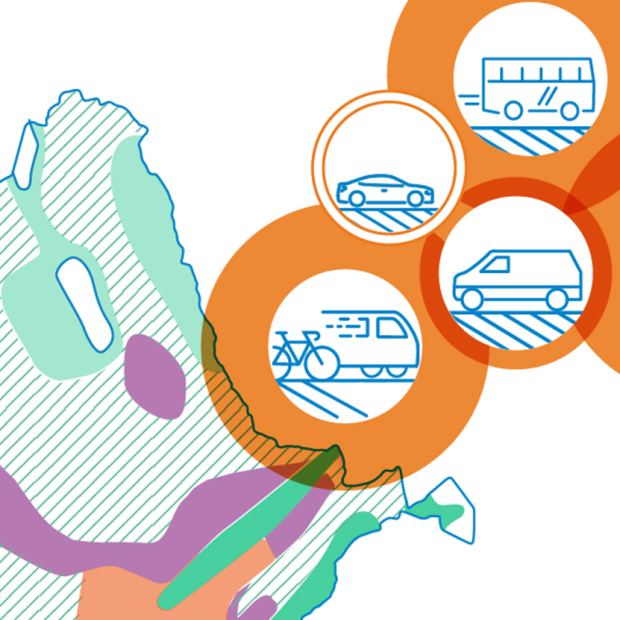

Comprehensive transportation concept for Aarau
EBP has developed a comprehensive transportation concept (CTC) for the Aarau region. The concept gives the canton of Aargau, the city of Aarau, and the communities surrounding the city of Aarau, an instrument with which to actively shape and coordinate their transportation plans.
The transportation system in the Aarau region is currently subjected to very high volumes of traffic, especially during peak commuting hours. Moreover, in light of projections indicating significant increases in population and workforce growth by 2040, the region is expected to face considerable transportation-capacity challenges throughout the next several years.
Aiming for a well-coordinated regional transportation system
In order to arrive at a comprehensive transportation concept, we began our assignment by carrying out a current-state analysis of the various modes of transportation. This included an examination of mobility behavior and the extent to which the available transportation infrastructure was sufficient to meet the corresponding demands. Based on our findings, we were able to identify all of the relevant transportation challenges for the Aarau region. During the project’s second phase, we engaged with city and cantonal representatives, as well as with members of the regional planning association, to develop a shared vision of a well-coordinated regional transportation system. According to the vision, only slight increases in the volume of private motor vehicles are to be permitted despite the projected significant increases in population and business activity. To achieve this, it will be necessary to respond to the projected increase in demand by promoting forms of public transportation and better accommodating pedestrians and cyclists – efforts that are also to be applied to improve the current situation. The shift towards public, pedestrian and bicycle transportation is to be applied with a special emphasis on urban communities.
Phased implementation
To facilitate the realization of this shared vision, we developed a phased comprehensive concept. Given that the vision provides for a limited increase in private motorized traffic, measures are first to be implemented to reduce demand and promote public, pedestrian and bicycle transportation to make these the more attractive options. In our CTC, we outline the corresponding measures and provide maps to represent local implementation. A second phase is only to be initiated if the evidence begins to show that the measures will not suffice to achieve the vision. Here, we offer an array of supplementary measures, including, if necessary, additional transportation infrastructure for private motor vehicles.










